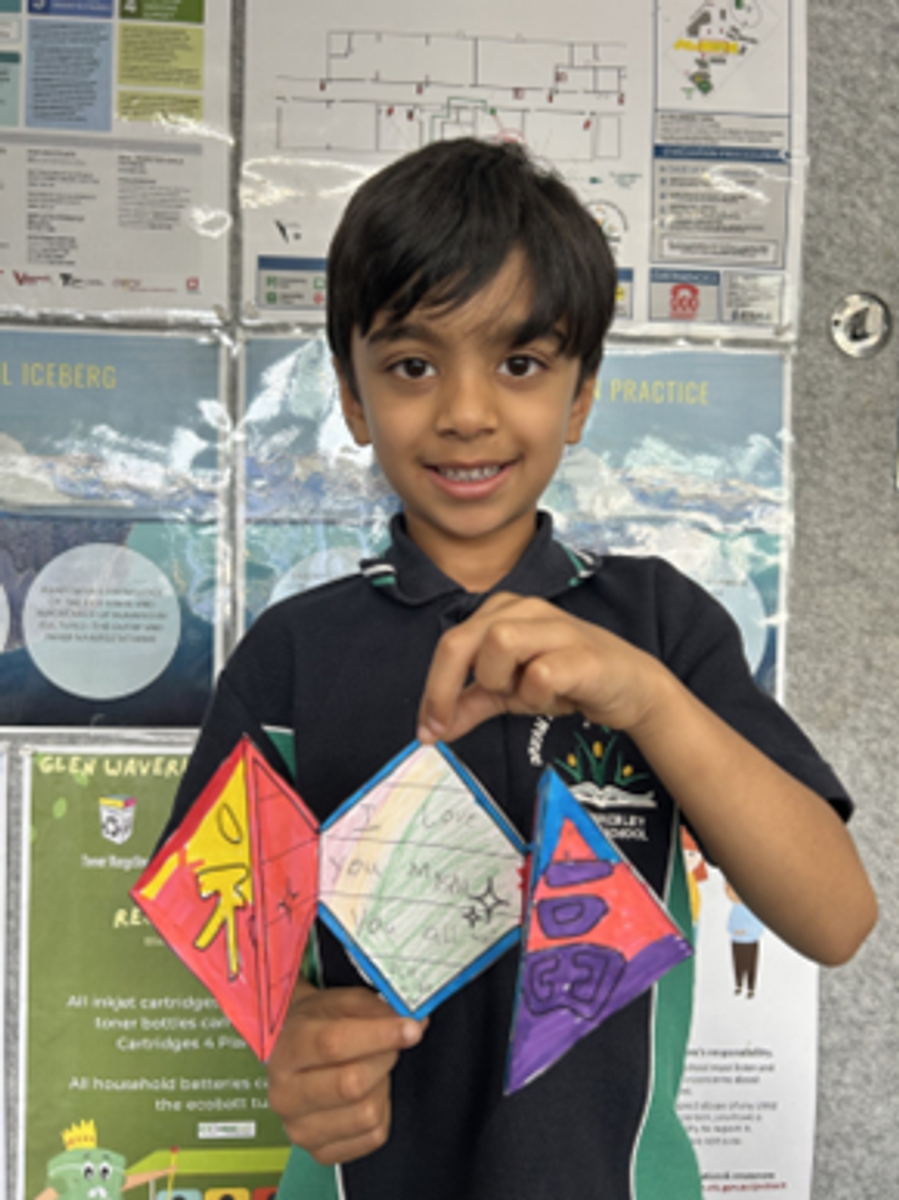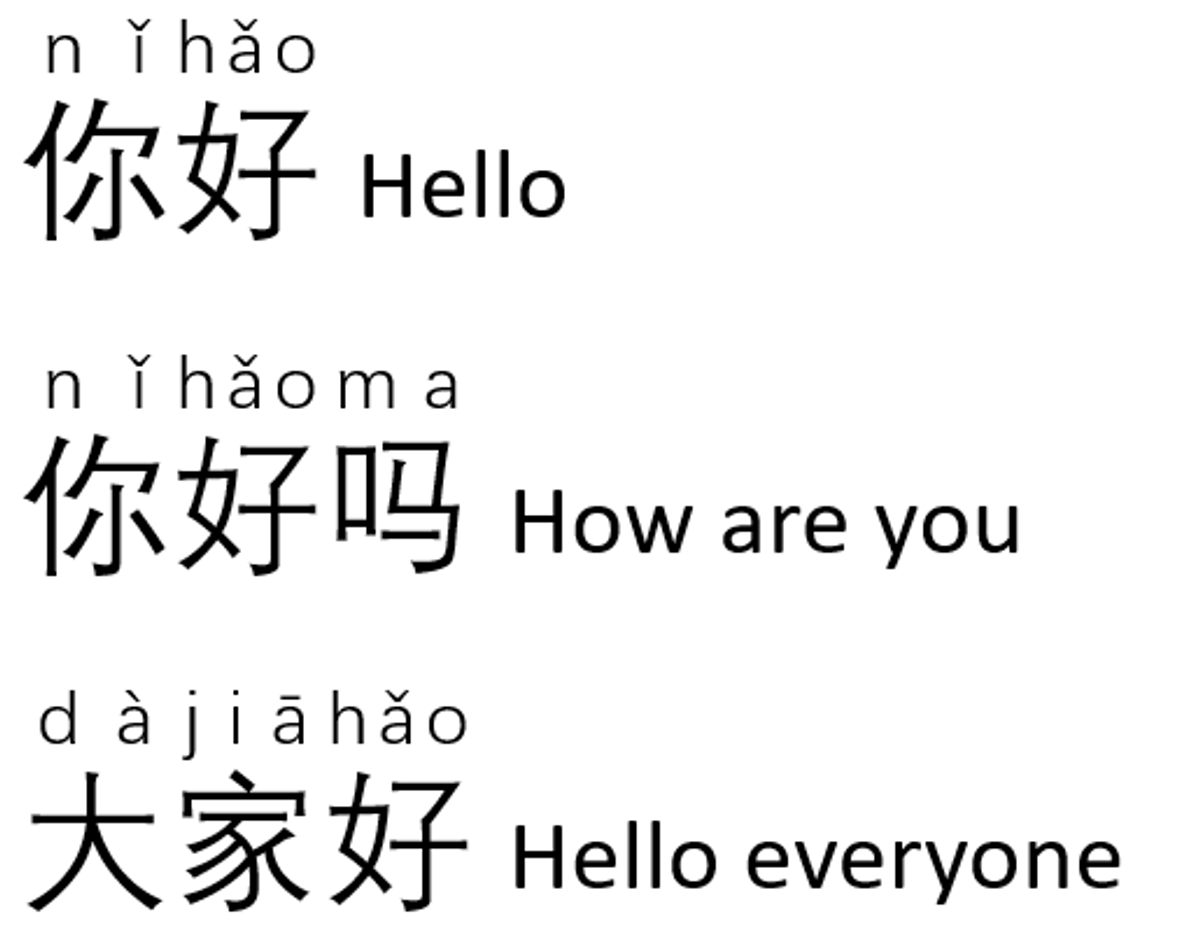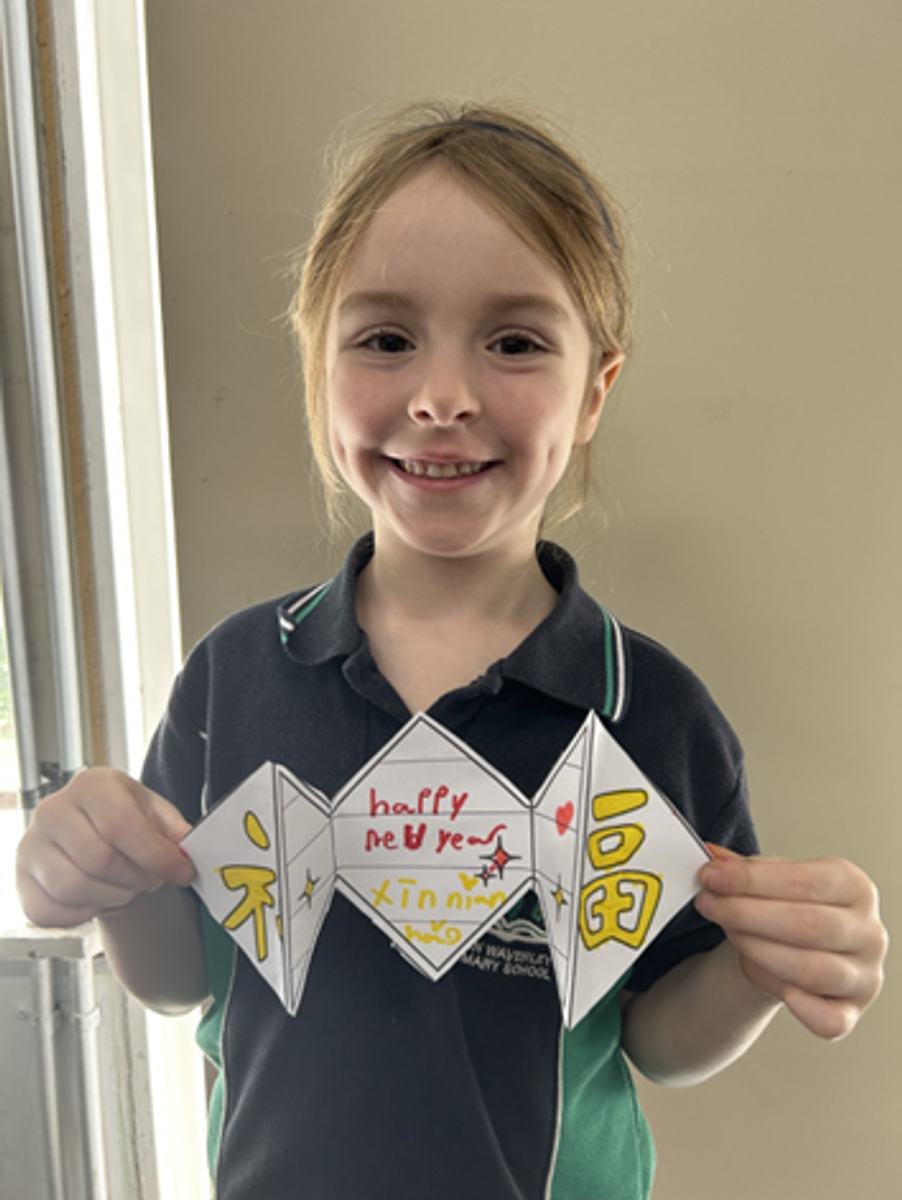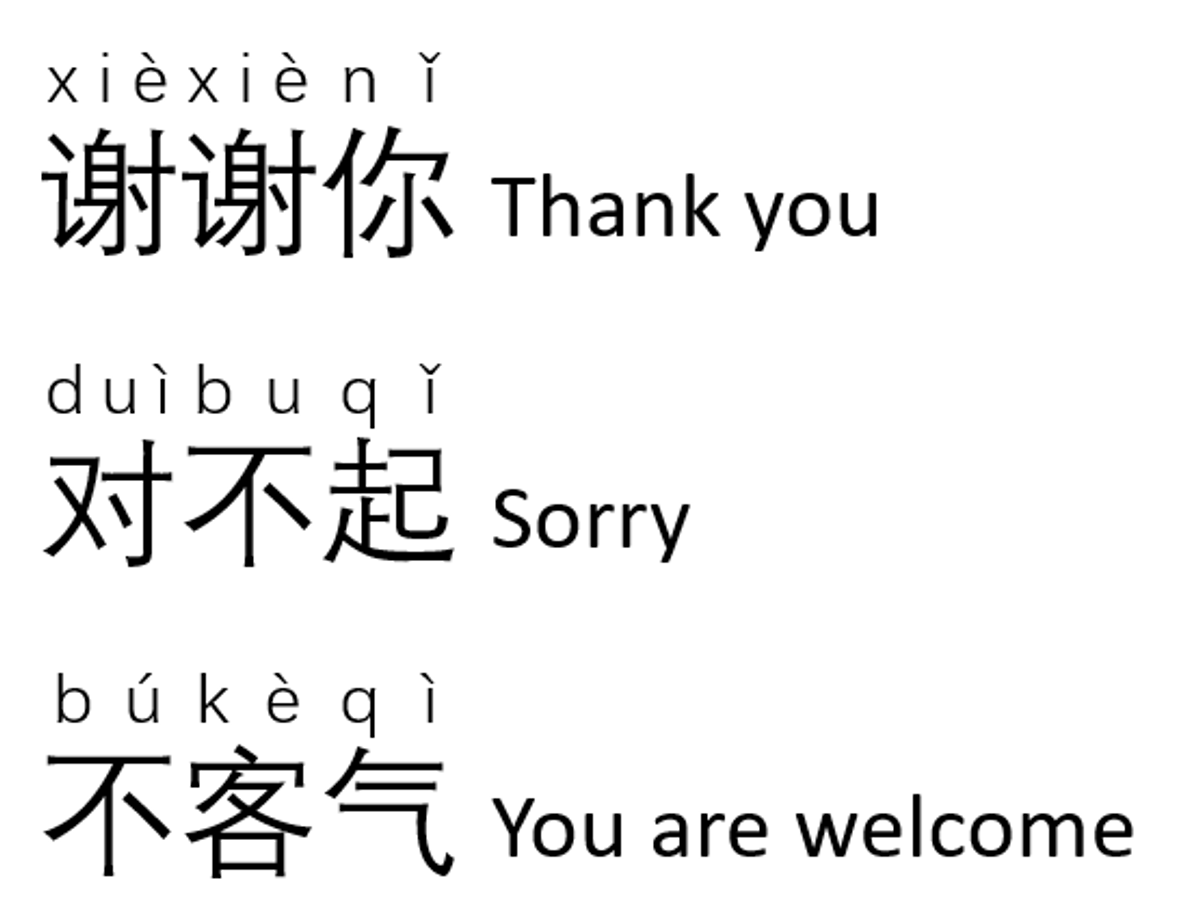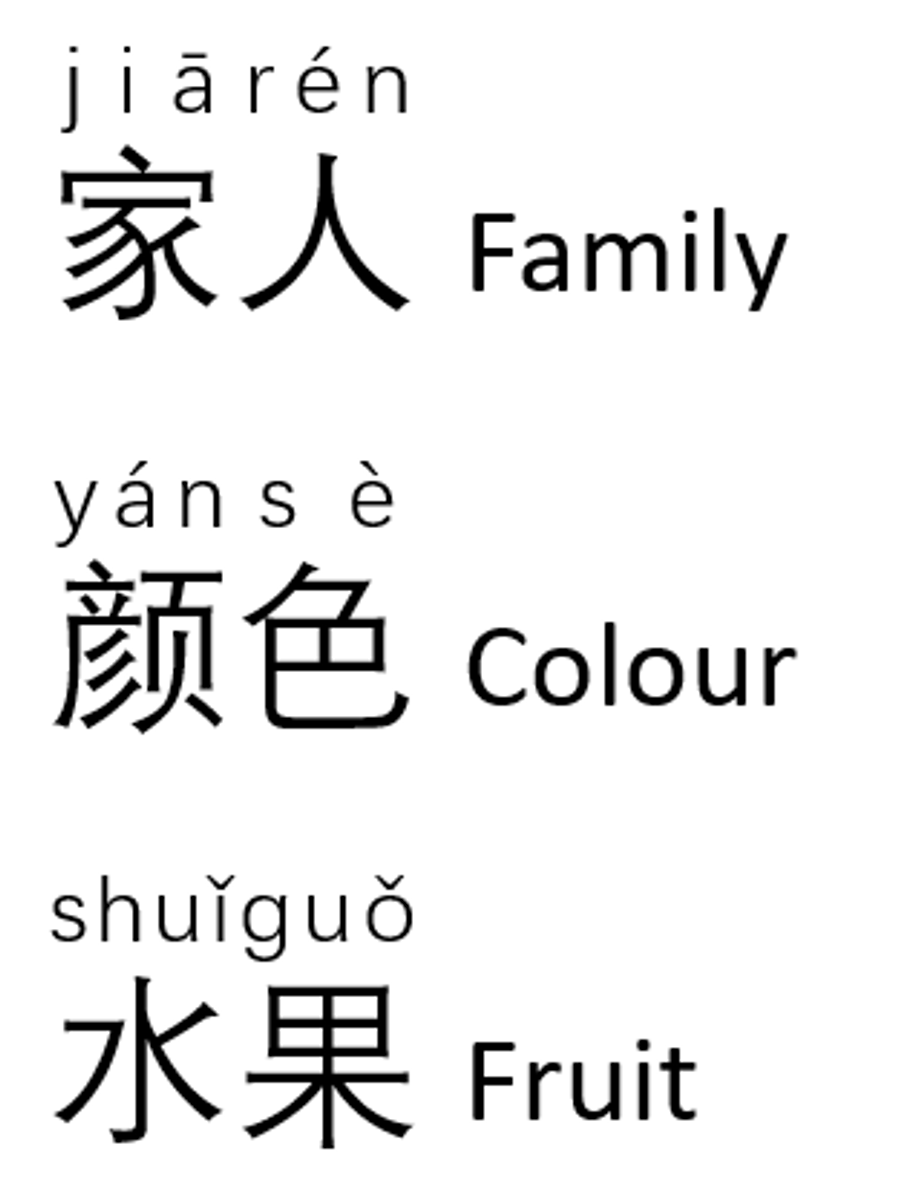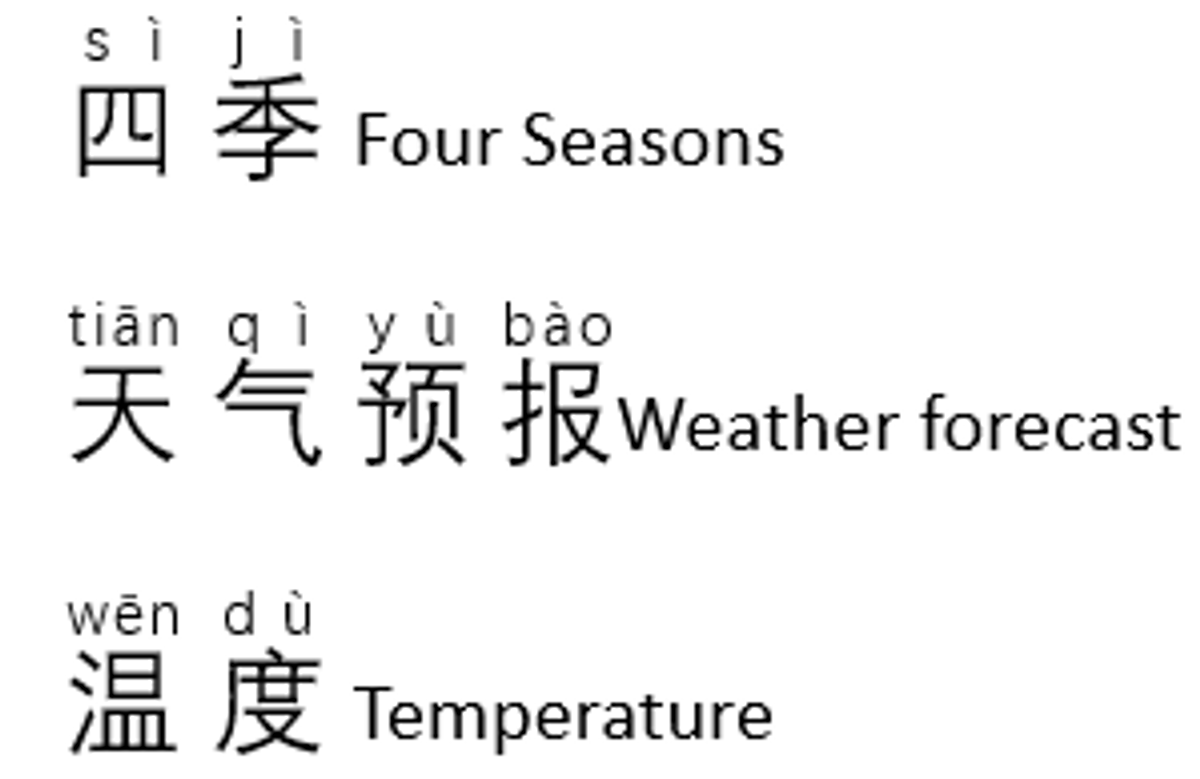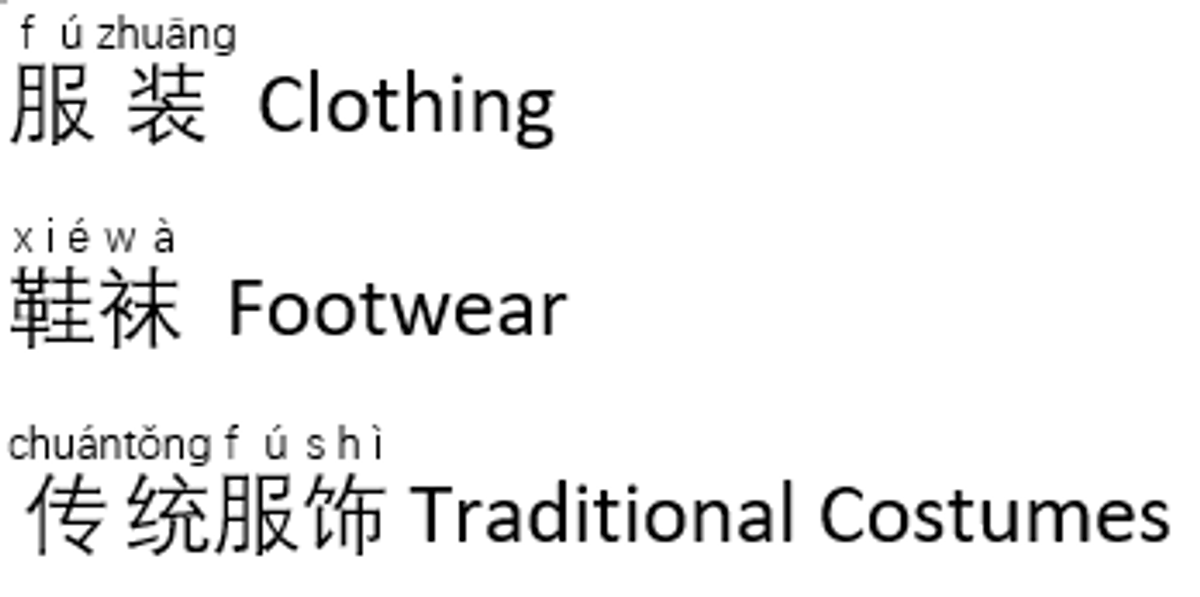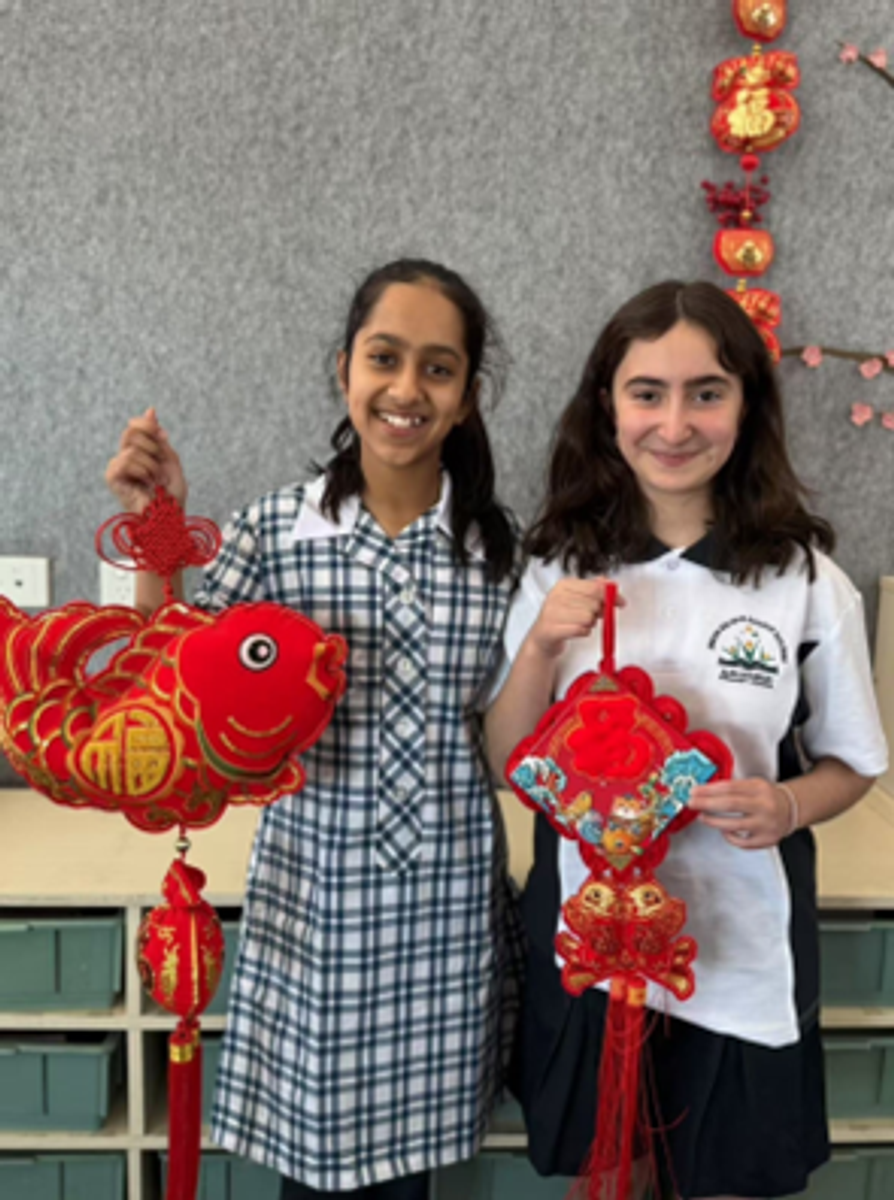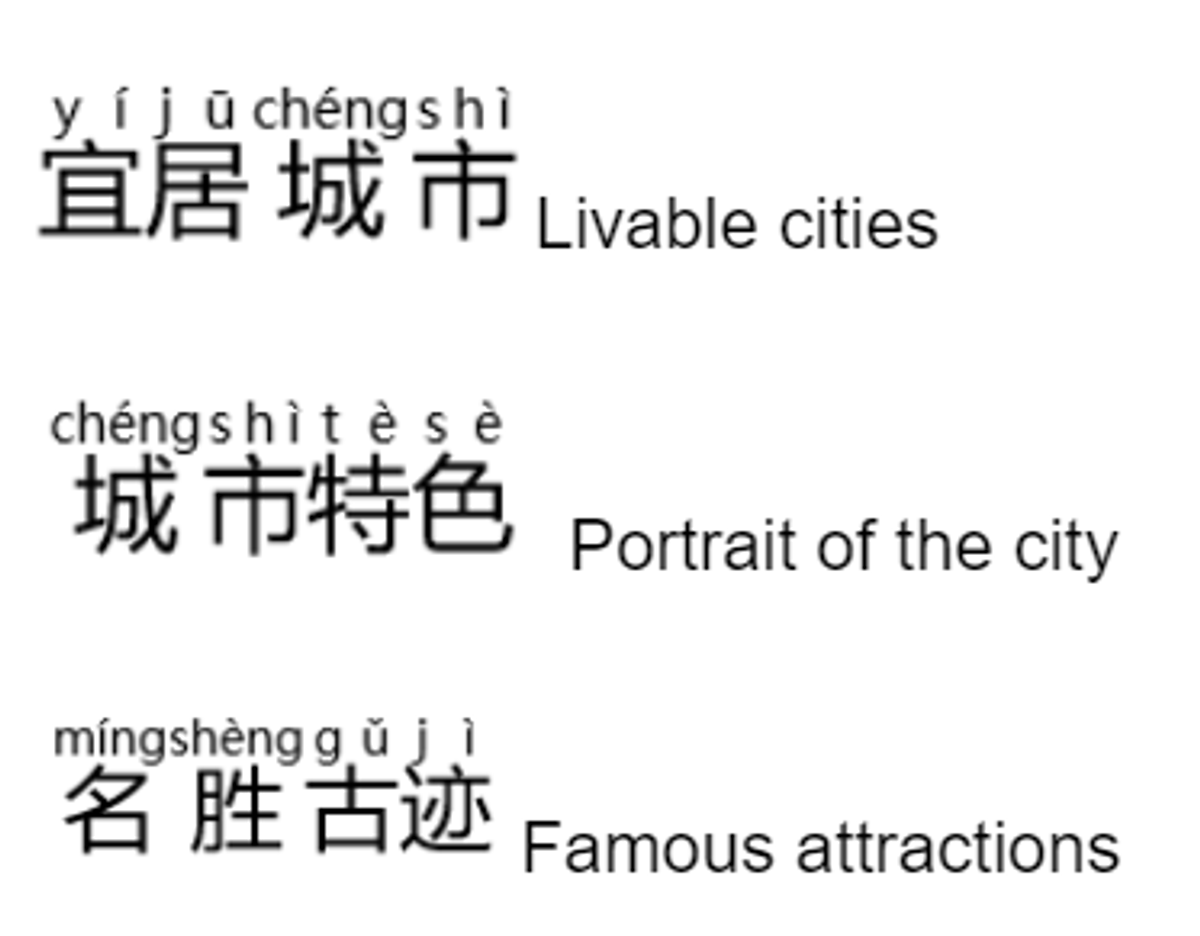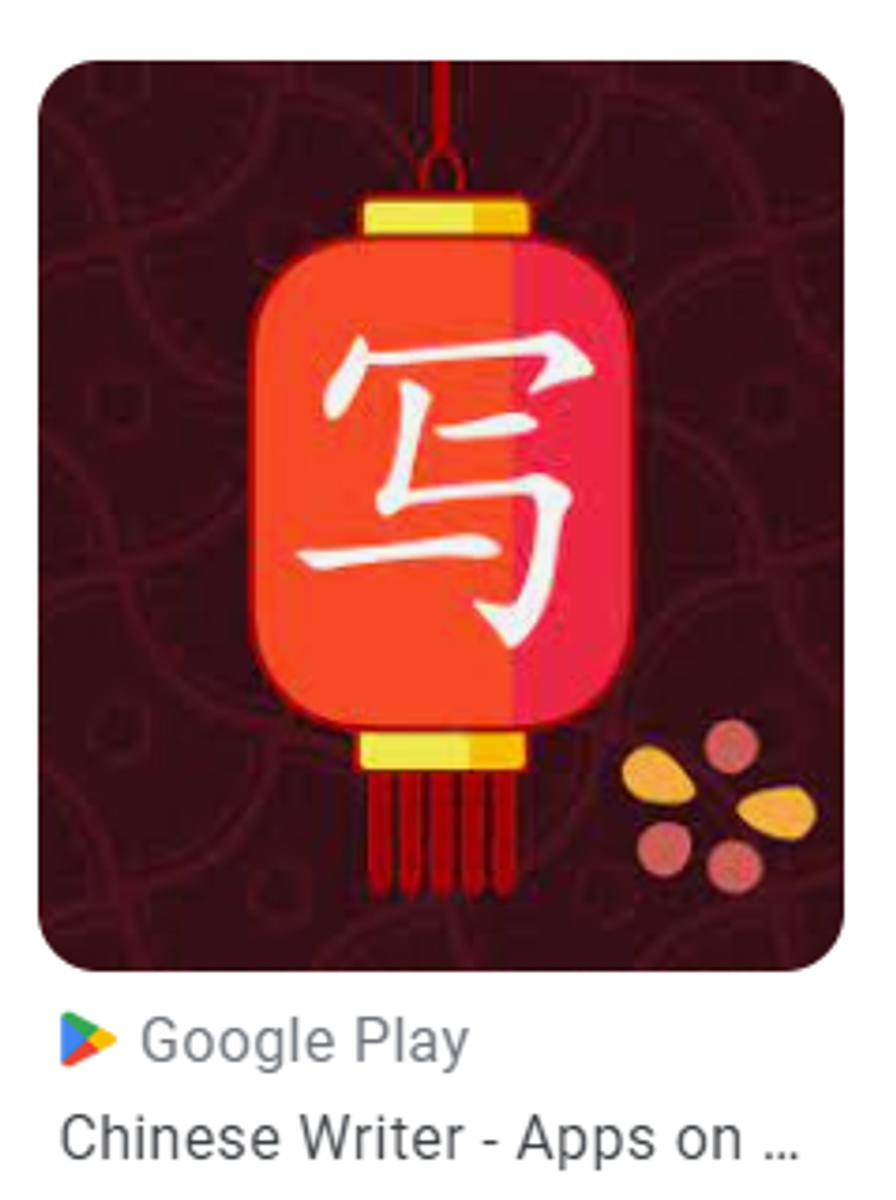Languages

Happy Year of the Snake! Welcome back to Term One! We hope you had a refreshing holiday break and created wonderful moments with your loved ones. To all our families celebrating Chinese New Year, we wish you a joyous and prosperous start to the year filled with happiness, health, and success.
This term, students will immerse themselves in language learning linked to their Inquiry units and the vibrant Chinese New Year celebrations. They will continue to develop their language skills while embarking on an exciting new Inquiry-based learning journey. We look forward to an inspiring and rewarding term ahead—stay tuned for all the incredible learning experiences to come!
Prep
In this term, Preps will be introduced to some cultural background knowledge and greeting sentences in Chinese, including how are you, I'm fine, and the numbers zero to ten. Students will participate in a variety of classroom activities, such as Chinese character colouring, singing, dancing, and group games. Students will develop an interest in learning Mandarin and gain communication skills through classroom practice.
Curriculum Links:
- Notice that Chinese looks and sounds different to other languages VC2LC2E01
- Explore connections between language and culture through play and/or imagination VC2LC2E04
Key Vocabulary:
Year 1
In Term One, students continue to explore Mandarin topics about family members. We will use a certain amount of everyday language in various classroom activities, such as thank you, you're welcome, sorry and never mind. Students can use more complete sentences to introduce their family members in communication. At the end of the unit, building on their previous learning about numbers, they will create their own family posters to review what they have learnt.
Curriculum Links:
- Identify sound combinations to produce simple words, and then an increasing number of frequently used words and phrases VC2LC2U02
- Communicate using formulaic and modelled language relating to aspects of their personal world VC2LC2C01
Key Vocabulary:
Year 2
Year Two students will focus on learning how to introduce themselves in Chinese. This will include topics of family, colours and fruit. Students will express the preferences of different family members by using likes and dislikes. They will also learn how to greet each other at different times of the day. At the end of the study, students will create a poster to introduce themselves.
Curriculum Links:
- Identify that written and spoken Chinese has grammatical structures and other language features that may be similar to or different from English and/or other languages VC2LC2U04
- Explore connections between language and culture through play and/or imagination VC2LC2E04
Key Vocabulary:
Year 3
The Year Three students will focus on exploring the Chinese zodiac this term, alongside connections to Aboriginal perspectives on calendars and storytelling. They will learn to describe the zodiac calendar in Chinese and delve into the fascinating legends and traditions surrounding it. As part of their oral language practice, students will engage in conversations about zodiac signs in Chinese. To consolidate their learning, they will design a bilingual poster showcasing their understanding of the Chinese zodiac calendar and its links to diverse cultural narratives.
Curriculum Links:
- Identify connections between personal identity and aspects of culture VC2LC4U04
- Create and present spoken and written texts using formulaic expressions, simple phrases and sentences, modelled textual conventions and familiar Hanzi and Pinyin. VC2LC4C05
Key Vocabulary:
Year 4
This term, Year Four students will focus on describing the weather in Mandarin. They will explore the structural similarities and differences between Mandarin and English sentences, building a deeper understanding of language patterns. To enrich their learning, they will learn about the Aboriginal weather wheel, gaining insights into how Indigenous knowledge reflects seasonal changes and connects to storytelling. By the end of the term, students will create a seasonal wheel poster that integrates elements from the Western four-season calendar, Australian Indigenous seasonal calendars, and Chinese cultural traditions.
Curriculum Links:
- Locate and respond to key information about familiar content obtained from spoken, written, viewed and multimodal texts. VC2LC4C03
- Recognise and use Hanzi and Pinyin as well as modelled language, formulaic phrases, simple grammatical structures and language conventions VC2LC4U02
Key Vocabulary:
Year 5
Students in Year Five will develop the ability to use complex sentence structures in Chinese to introduce their daily outfit. To deepen their cultural knowledge and understanding, students will explore traditional Chinese costumes and national ethnic costumes along with information about history and culture. They will have the opportunity to present their inquiry study in front of the whole class.
Curriculum Links:
- Participate in activities that involve discussion with others, using language that expresses information, preferences and ideas VC2LC6C02
- Initiate and sustain modelled exchanges in familiar contexts related to their personal worlds and school environment VC2LC6C01
Key Vocabulary:
Year 6
Students in Year 6 will learn about major cities in China and around the world. They will focus on using essential words and sentences to express their thinking about different cities in Chinese. The inquiry-based learning will help learners to experience and engage with the cities through a global lens. Learners will explore the history, influence, and impact of important cities on society, politics, the economy, and the environment. They will transfer their learning and deepen their thinking on the indispensable factors of liveability as well as what makes liveability for people high quality. As a celebration of their learning journey, students will prepare a group presentation to share their learning.
Curriculum Links:
- Create and present spoken and written texts, using a variety of vocabulary, modelled sentences and conversations appropriate to text type, using familiar Hanzi with Pinyin as support VC2LC6C05
- Locate information and ideas in a range of spoken, written, viewed and multimodal texts, and respond in different ways to suit purpose VC2LC6C03
Key Vocabulary:
How can you support your child’s Language learning at home?
- Sing or listen to Chinese songs to spark interest in the language
- Practise writing Chinese characters via App “Writer”
- Borrow bilingual Chinese storybooks from the school library or local library
- Watch educational Chinese shows or movies, listen to audiobooks, or play songs together. Discuss the content afterward to reinforce new vocabulary.
- Surrounding your child with language to encourage learning. Label household items (e.g., door, table, bookshelf) and create opportunities for them to use new words in context. Set aside a dedicated space or time for language-related activities.

